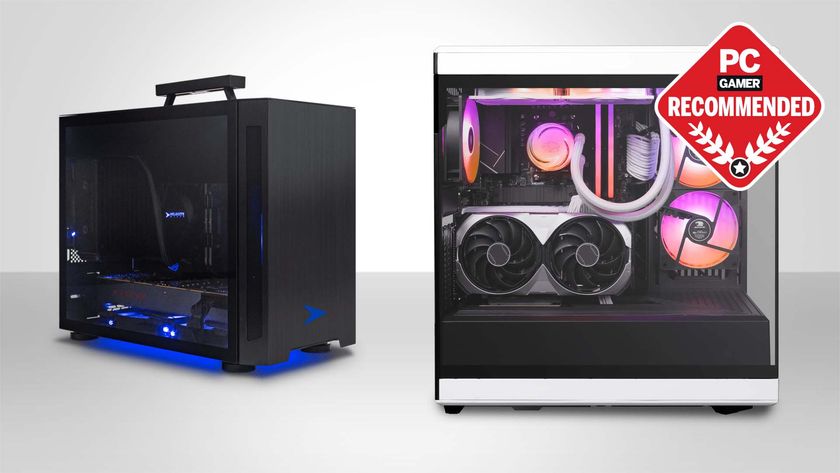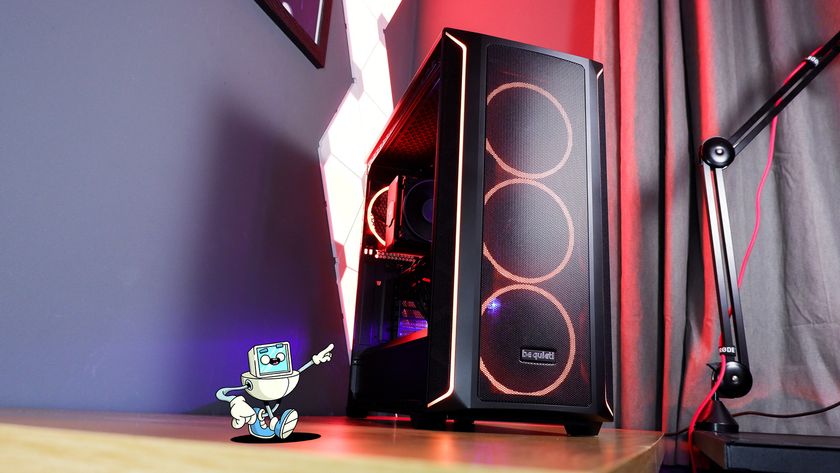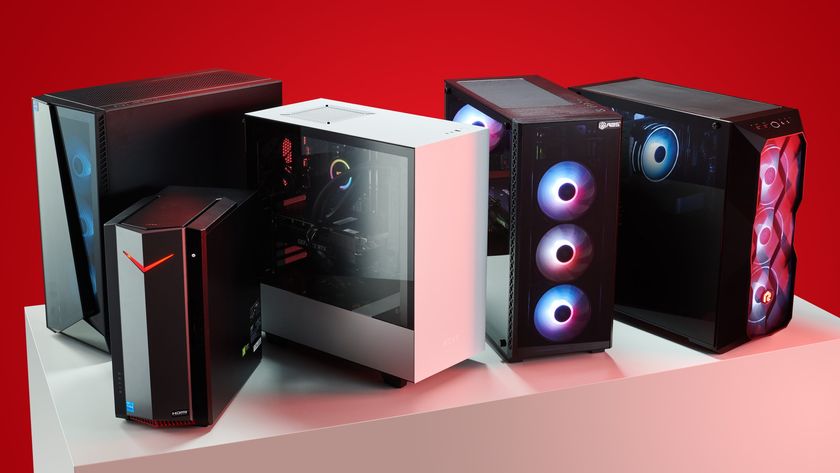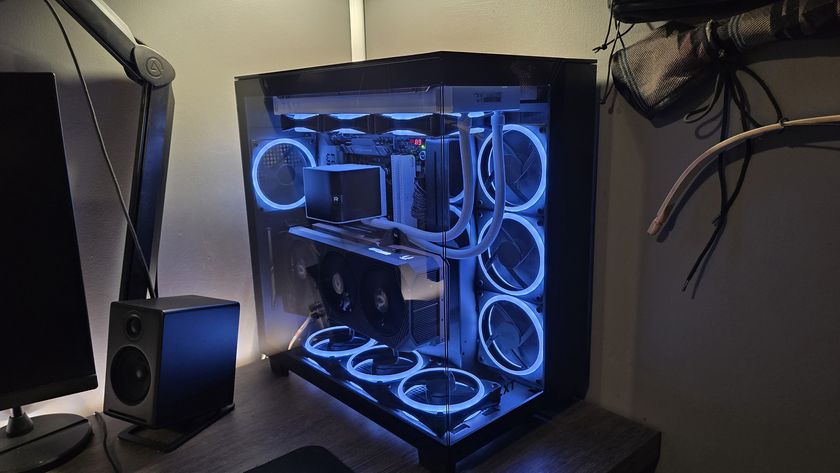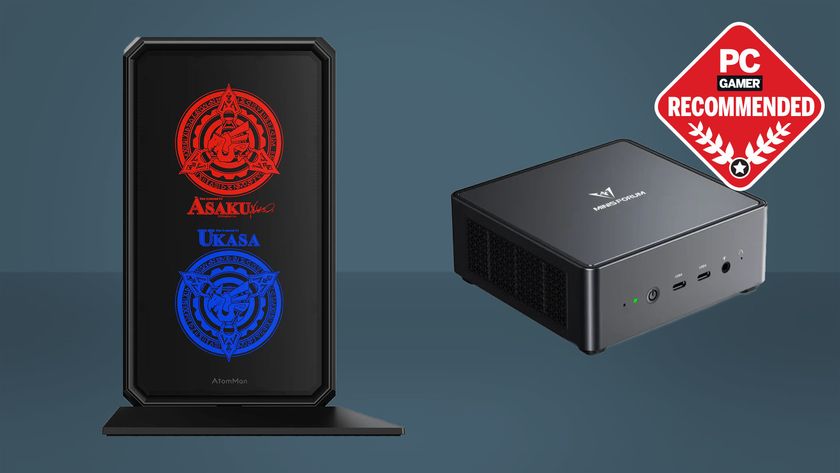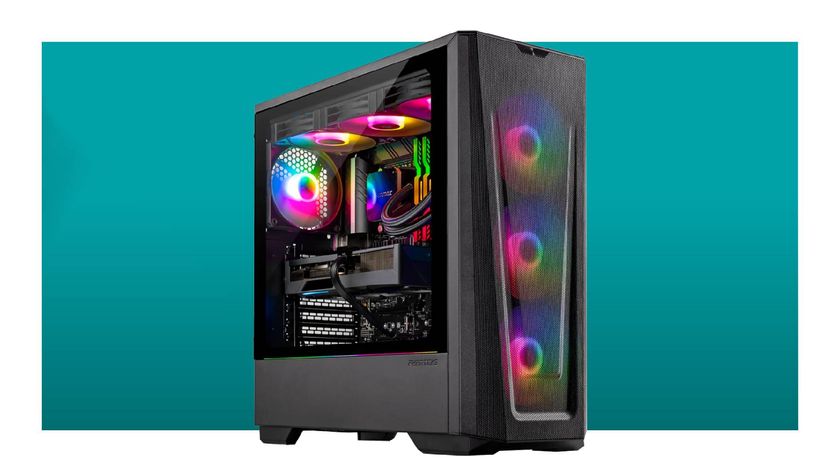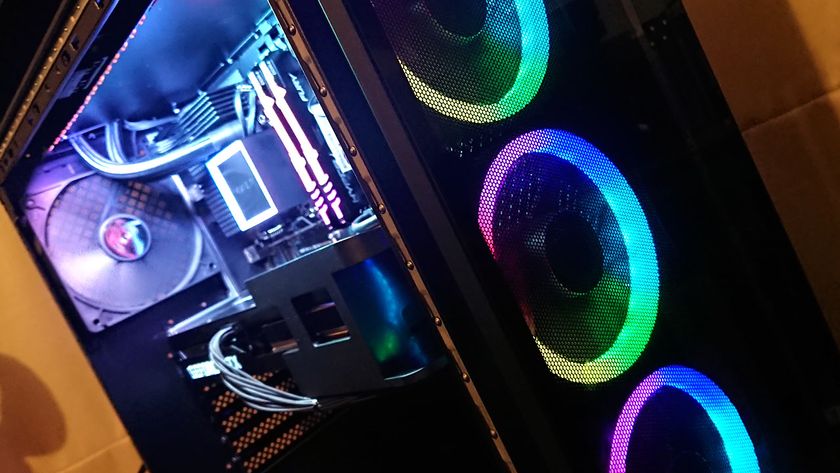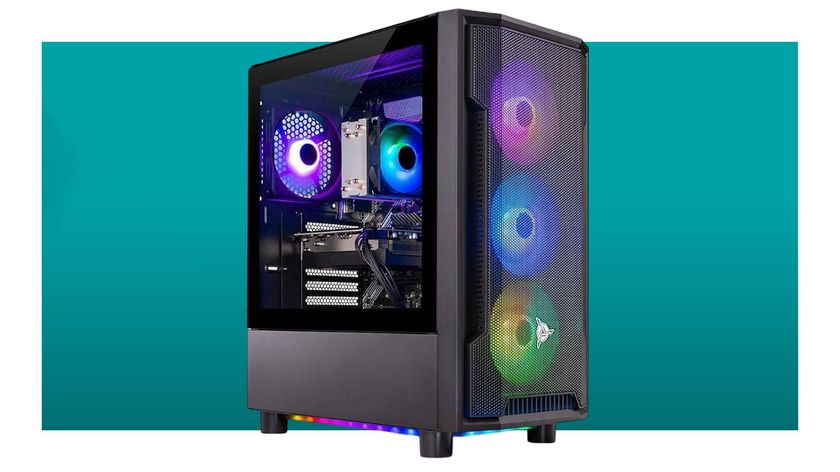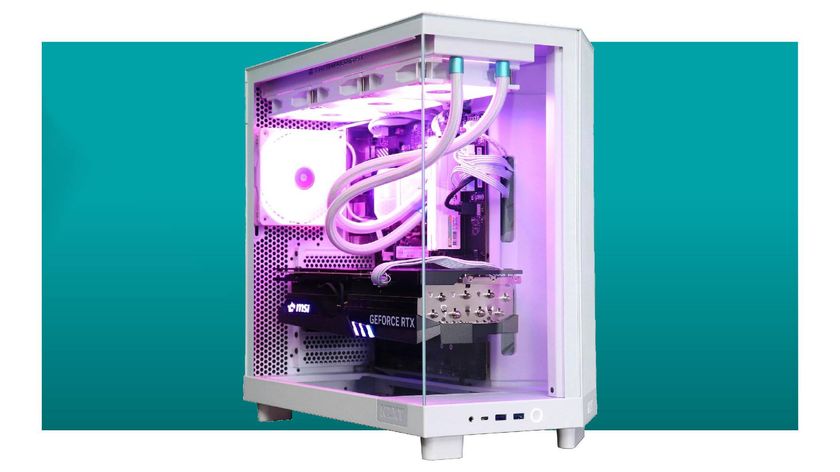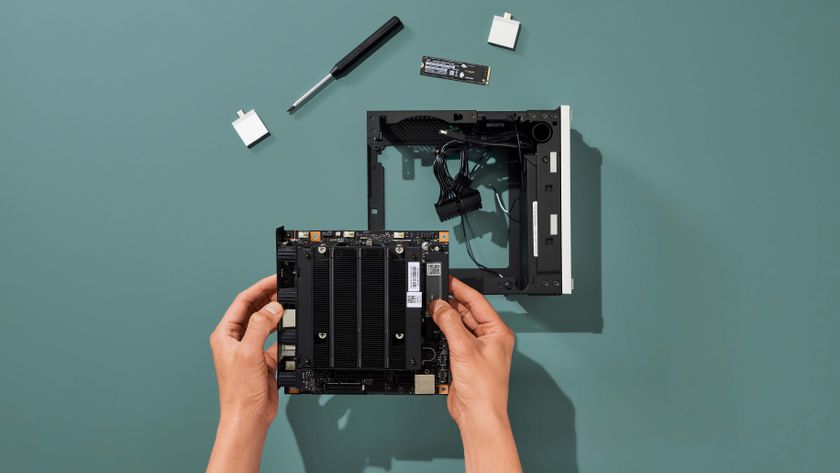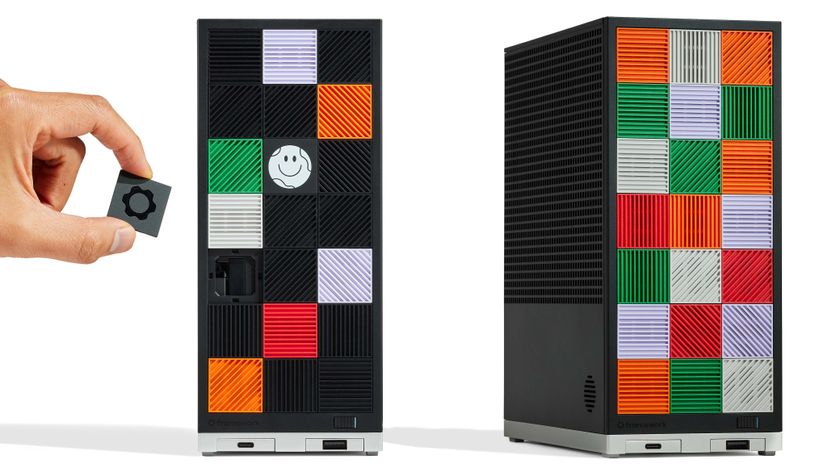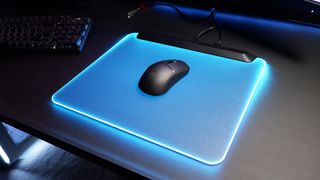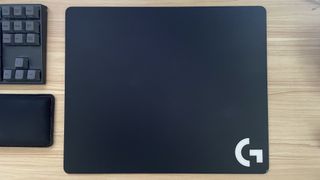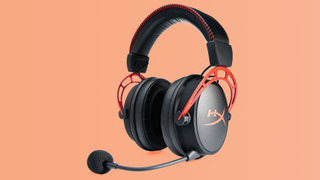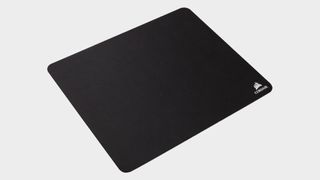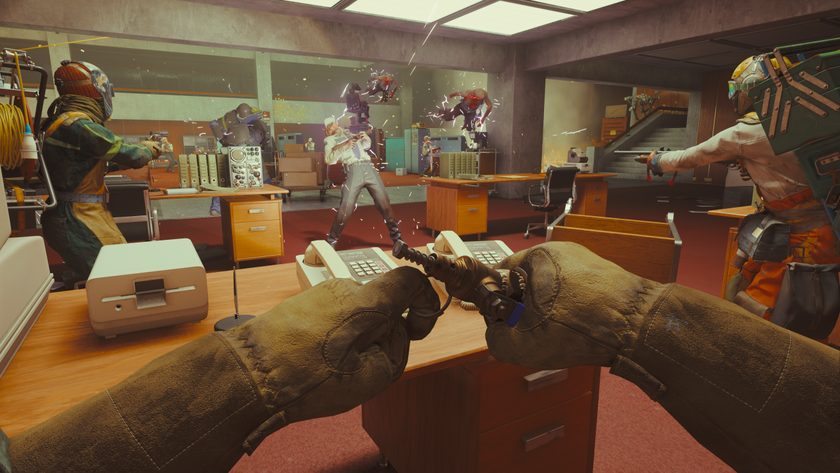Best gaming PC builds: budget, mid-range and high-end recommendations
From an $800 penny-saving PC to a $4,000 monster.
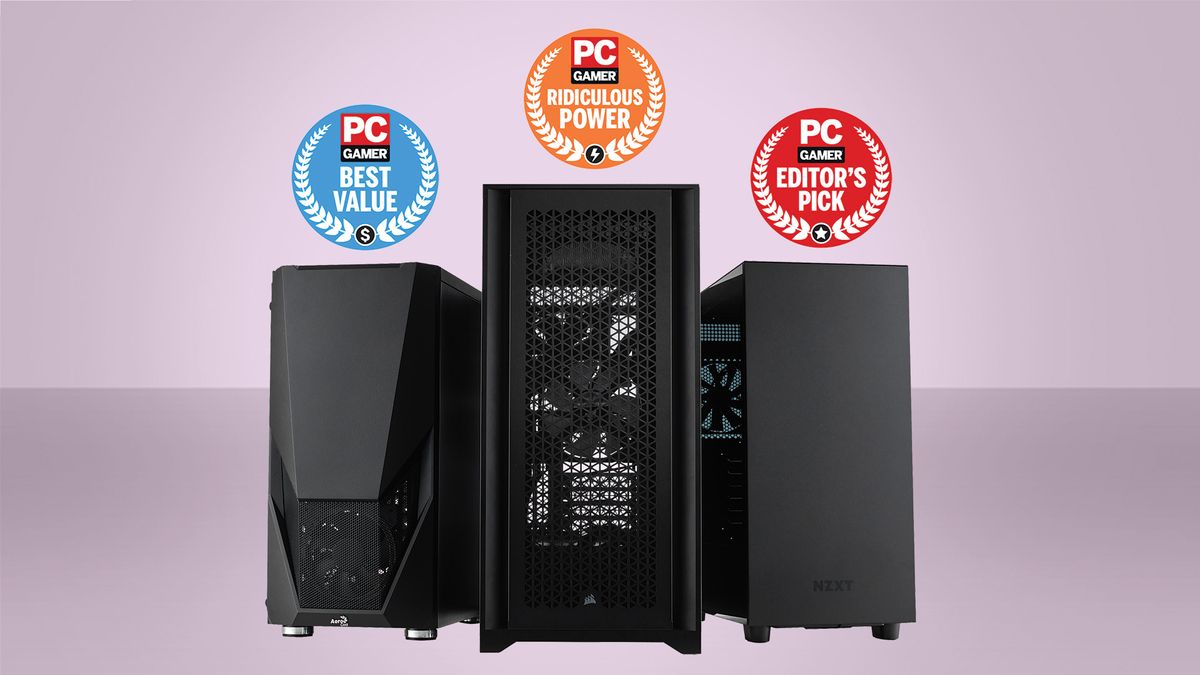
For those about to build a gaming PC, we salute you. We're big fans of building your own PC here at PC Gamer—not only is it often cheaper than buying a pre-built, even with price increases all round, but you also get to learn all about how a PC is pieced together. That can be incredibly helpful knowledge if you ever need to upgrade or troubleshoot your machine.
The first step to building your own PC is choosing your components. Below you'll find three gaming PC builds, starting from a sub-$900 build to an all-out overkill rig at over—maybe it's best you don't know—$4,200. All the hardware components in this guide are parts I'd pick if I were building my own PC, and using our expert reviews to guide me. The key components have been tested on our test bench to ensure they meet expectations.
If this isn't what you're looking for, you can skip the whole building thing and get one of the best gaming PCs prebuilt or snap up a cheap gaming PC instead. But trust me, PC building can be a whole lot of fun and it's usually the far cheaper option. Go on, give it a go.
Best budget gaming PC build
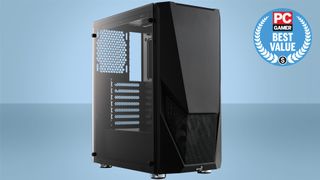
Category | Part | Current price (US) | Current price (UK) |
|---|---|---|---|
Motherboard | ASRock B660M Pro RS | ||
Processor | Intel Core i5 13400F | ||
Graphics card | AMD Radeon RX 7600 | ||
Cooler | Laminar RM1 | Row 3 - Cell 2 | Row 3 - Cell 3 |
Memory | Team Group T-Force Vulkan Z 16 GB | ||
Power supply | Corsair RM650 80 Plus 650W | ||
SSD | WD Black SN770 1 TB | ||
HDD | N/A | Row 7 - Cell 2 | Row 7 - Cell 3 |
Case | Aerocool Zauron | $60 | £32 |
Total | Row 9 - Cell 1 | $773 | £749 |
For this budget build, I'm opting for one of my favourite budget processors right now, the Intel Core i5 13400F. It's a plucky chip considering its price point, especially given that Intel bumped the number of E-cores on the chip compared to the 12th Gen model. That makes it a decent multithreaded processor, while simultaneously the speedier P-cores favoured for gaming keep things buttery smooth fps-wise.
You might wonder why I've not selected one of the newer 14th Gen from Intel. Simply put: they're pretty much the same in real-world performance as the 13th Gen for more money. Unless you find one for the same price as the 13th Gen, don't bother.
The added benefit of this 13th Gen Intel chip is that we can opt for a motherboard with DDR4 support. Nowadays, DDR5 is the memory of choice for high-end machines, but when you get down to a budget level it's not quite as affordable. DDR4 RAM, and RAM in general, is extremely cheap nowadays, and that's why we're stuffing 16 GB of 3,200 MT/s RAM into this machine, with a CAS latency of just 16 cycles.
I've tried to save as much cash as possible in this build to spend that money on one key component: the graphics card. I could have opted for an older model but there's little point settling for such chips these days, as you lose out on a lot of features. Instead, I've chosen the Radeon RX 7600.
Bumping up to the RX 7700 XT found in our mid-range PC build would be the ideal move, though it is around $190 more expensive than the RX 7600 and, to be honest, we wish it were the RX 7800 XT. But now I'm just day-dreaming of better GPUs. The RTX 4060 is the alternative from Nvidia, but it's often more expensive.
For the purpose of this build, I want to nail 1080p performance. The RX 7600 does just that.
One key component I recommend you don't skimp on is the power supply. We used to have a somewhat cheaper XPG PSU in our build guides, the Pylon 450, but it's mostly unavailable nowadays—at least for a fair price. That's why I've gone with a Corsair RM650 80 Plus. It's a solid PSU from a reputable manufacturer, so you can rest easy knowing that your PC is safe from dodgy power supply unit. 650 W is a little more than you really need but it gives you headroom for a more powerful GPU in the future.
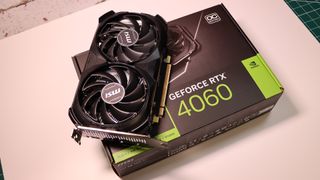
As for storage, I've opted for our favourite SSD on the cheaper side of things: the WD Black SN770. Now don't let this SSD's price fool you, it's extremely fast. It's going to be a superb and snappy boot drive, and you really can't fault it on price. Originally I had a 500 GB drive in here, alongside a 1 TB HDD, but as the 1 TB SN770 isn't much more money, so I killed the HDD for the larger solid-state storage. A deal I'd make every time.
Lastly, the chassis. This is a tricky one, as if you really want to save pennies I recommend the Aerocool Zauron that I reviewed in 2022. Thing is, that isn't the easiest case to find in the US anymore, and even in the UK it appears to be in the process of being replaced by newer models. You can't really go wrong with most of Corsair's cheaper Carbide cases in my experience. If in doubt, take a look into the Carbide 175R.
Overall, this budget PC doesn't drop the ball on any of its components. It's certainly better than what you'd buy for the same cash pre-built, and I'm sure it'll last you years to come without running into trouble. Though I can't vouch for your building ability. Patience and care—two very important aspects of PC building any of us would do well to remember.
Best mid-range gaming PC build
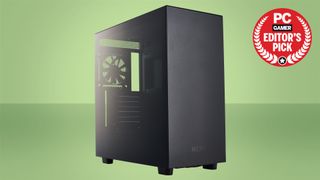
Category | Part | Current price (US) | Current price (UK) |
|---|---|---|---|
Motherboard | Asus TUF Gaming B650-E WiFi | ||
Processor | AMD Ryzen 7 7700X | ||
Graphics card | AMD Radeon RX 7700 XT | ||
Cooler | Thermalright Peerless Assassin 120 SE | ||
Memory | Patriot Viper Venom DDR5-5600 16 GB | ||
Power supply | Be Quiet! Pure Power 12 M 750 W | ||
SSD | Lexar NM790 1 TB | ||
Case | NZXT H7 | ||
Total | Row 8 - Cell 1 | $1,275 | £1,170 |
For our mid-range build, I'm recommending the Ryzen 7 7700X. This AMD processor offers plenty of firepower for gaming and more, but importantly the AM5 platform it's compatible with will likely be supported for a good while yet. That means there's scope to upgrade this processor without having to buy an entirely new motherboard or new RAM.
Originally I had picked the RTX 4060 Ti for this build. Mostly because, at the time, it was the only current generation GPU in the correct price bracket, and importantly beat out the RTX 30-series and RDNA 2 cards it solely competed with. However, stocks are so low now that it's either very hard to find or it's priced too high for what it's worth.
Now, I'd love to say the RX 7700 XT is a home-run, but it's not. It's close enough to the RX 7800 XT that I'd wholly recommend splashing out on the higher-end card, if possible. That said, I have to confine myself to some sort of budget for these machines, and the price of the RX 7700 XT is low enough to make it more appealing, and unlike the RTX 4070, you can actually find plenty of them in stock.
For RAM, I've stuck with a tried and tested dual-stick kit of Patriot's Viper Venom DDR5, rated to 5,600 MT/s. It's a fast, dependable kit that looks nice to boot.
I've also gone with the Be Quiet! Pure Power 12 M 750W here, as it's a great platform from a trusted manufacturer. You definitely don't want to pinch too many pennies when it comes to your power supply—that can have dire consequences. Best to play it safe and spend a little extra for peace of mind.
The Lexar NM790 1 TB rounds out this build. It's a great little NVMe that will work as an excellent boot drive with room to spare for your gaming library. And should you need more storage, it's cheap enough to buy another one for your rig, with bursting your budget.
Lastly, the NZXT H7 case. If you're spending this sort of budget on a gaming PC, you want it to look good too. The NZXT is an absolute stunner, and it's well finished to look great under your desk or on it. The other benefit is NZXT's great cable management in the rear of the case and the tidy shrouds in the front, which mean you don't have to worry about too many zip ties or ugly cable runs visible through its tempered glass side panel.
Best high-end gaming PC build
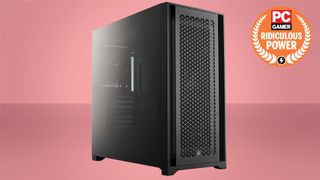
Category | Part | Current price (US) | Current Price (UK) |
|---|---|---|---|
Motherboard | MSI MEG X670E Ace | ||
Processor | AMD Ryzen 7 9800X3D | ||
Graphics card | Nvidia GeForce RTX 5090 | ||
Cooler | Lian Li Galahad II Trinity 360 | ||
Memory | G.Skill Trident Z5 Neo RGB 32 GB DDR5-6000 | ||
Power supply | Seasonic Prime TX-1300 | ||
SSD | Lexar NM790 4 TB | ||
Case | Corsair 5000D Airflow | ||
Total | Row 8 - Cell 1 | $4,263 | £4,560 |
This is it, the daddy of PC builds. I've spared no expense putting this one together, and was pleasantly surprised it only amounted to a little over $4,000 when I totalled all the parts up. Oof. It may not be the cheapest but this PC will tear through any game you throw at it, any video editing task you want to get done, and make short work of at least a handful of Google Chrome tabs.
At its heart lies the AMD Ryzen 7 9800X3D—the very best gaming CPU money can buy. While it's not a mega-multitasker, as it only has eight Zen 5 cores capable of running up to 16 threads—it will absolutely blitz through any gaming task you ask of it.
What makes the Ryzen 7 9800X3D a gaming powerhouse is the extra 3D V-Cache, neatly packaged underneath its cores. This chip comes with 96 MB of L3 cache, 64 MB more than the regular Ryzen 7 9700X. Games can't get enough of the stuff, and this chip is demonstrably quicker in gaming than any other around today. It's the perfect chip to pair with a high-end graphics card, and I have just the thing in mind.
The RTX 5090. As if it was going to be anything else. Did you expect something different? Of course not. This graphics card offers an astonishing level of gaming performance, even more than last-gen monster, the RTX 4090. Sure it's the price of a decent mid-range gaming PC but your biggest barrier isn't the price, it's simply finding one available to buy. Stocks are near-zero right now but they will improve in time.
There are no real surprises for the rest of the build, either, besides maybe the SSD. I've opted for 4 TB of some of our favourite PCIe 4.0 storage here, the Lexar NM790, rather than a 'just-for-the-sake-of-it' PCIe 5.0 drive. We will reach a time when PCIe 5.0 makes more sense, but it's not really today. This drive will offer plenty of space for your Steam library, and quick capacity, too.
I couldn't really opt for anything less than 32 GB of DDR5 here, and make no mistake, we are going all-in on the newer memory standard here. Prices have come tumbling down for DDR5 as of late, so it's not such a hit on our budget as it once was.
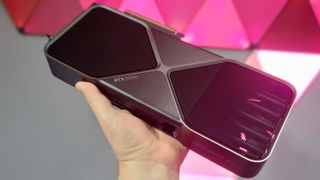
The PSU matters for a lot with this build, as it's the lifeblood of all these expensive components. I've opted for 1300 W power version of the Seasonic Prime TX-1000 to ensure a robust platform with extremely high efficiency.
All that is wrapped up in the Corsair 5000D Airflow: a lovely looking case with tons of expansion room. I also have the Corsair 5000T for my PC build at home, and I'd recommend that as an alternative for the RGB obsessed. Either way, there's plenty of airflow getting to those high performance parts.
There's plenty of opportunity to configure this build to your liking with a couple tweaks here or there, but the important thing is with this CPU and GPU combination, is that it's going to absolutely crush any game you throw at it.
Monitors, peripherals, and other important bits
PC Gamer's got your back
Below are a few of our favourite monitors and peripherals you may wish to check out if you're entirely starting from scratch in PC gaming.
High-end picks
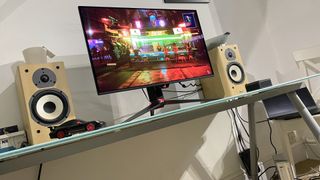
You could be much more sensible on your screen than this. For this build, however, we only want the best and the best this is.
For
- Stunning OLED panel
- 4K pixel density
- 240Hz refresh
Against
- Full-screen brightness still limited
- Very expensive
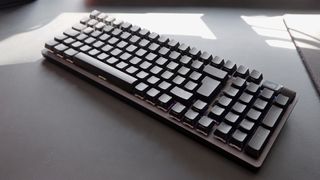
We're keyboard snobs, and we can say with confidence that this full-sized Asus board is about as good as it gets
For
- Excellent switch feel
- Sound dampening that really works
- Hot-swappable switches
- PBT keycaps
- Adjustable multimedia control wheel
- Compact size
Against
- Armoury Crate app is messy
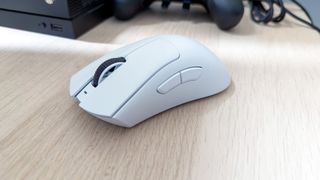
This is the best gaming mouse in our opinion, made better by an incredibly lightweight frame.
For
- Excellent ergonomics
- Impeccable wireless performance
- Great sensor and tracking
- Very good battery
Against
- Seriously pricey
- Not great outside of FPSes
- Kinda generic looking
Mid-range picks
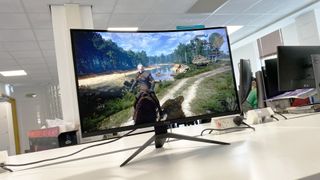
The price of this Pixio, considering the 1440p resolution and 165 Hz refresh rate, is quite something.
For
- 1440p 165Hz panel
- Excellent contrast
- Decent pixel response
Against
- Very limited HDR support
- Tilt-only stand
- Slightly pointless panel curve
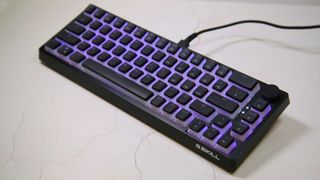
You could spend more for a full-size gaming keyboard but this G.Skill will certainly suffice for most gamers.
For
- Super affordable
- Per-key RGB
- Hot-swappable base
- Discrete volume dial
- PBT pudding caps as standard
Against
- Plasticky chassis
- Hollow sound
- Kailh red switches aren't great

This Razer mouse is a superb companion for competitive gaming without breaking the bank.
For
- Best in-class 20,000 CPI sensor
- Optical click sensors give extra durability
- Comfortable
Against
- Buttons on the flimsy side
- Pricier than similar versions
Budget picks
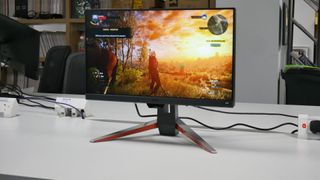
This BenQ is proof you can buy a genuinely excellent gaming monitor for not a huge sum of cash nowadays.
For
- Zippy IPS panel
- 165 refresh and good latency
- Slick, well-built chassis
Against
- Very limited HDR support
- 'Only' 1080p
- Silly OSD menu and options

It's actually mind blowing what you can pick up for this little cash: A hot-swappable mechanical board that looks lovely.
For
- Super affordable
- Per-key RGB
- Hot-swappable base
- Discrete volume dial
- PBT pudding caps as standard
Against
- Plasticky chassis
- Hollow sound
- Kailh red switches aren't great
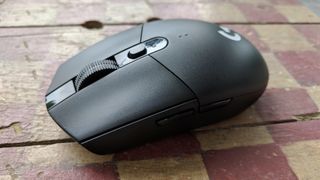
Even on a budget you can still grab a fantastic, ultra-rapid wireless squeaker.
For
- Amazingly light, with solid build quality
- Logitech's best sensor in an affordable body
Against
- Lacks premium Logitech feel
The biggest gaming news, reviews and hardware deals
Keep up to date with the most important stories and the best deals, as picked by the PC Gamer team.

Jacob earned his first byline writing for his own tech blog. From there, he graduated to professionally breaking things as hardware writer at PCGamesN, and would go on to run the team as hardware editor. He joined PC Gamer's top staff as senior hardware editor before becoming managing editor of the hardware team, and you'll now find him reporting on the latest developments in the technology and gaming industries and testing the newest PC components.
